Forestry production to Finland is comparable to farming in Ireland. It is a business plus a way of life.
There are over 600,000 forestry owners in addition to State-owned forestry and trees are the predominant crop across all of Finland.
Given its northern location in Europe, Finland has a short growing season, and while grassland and tillage farming do take place, it is very much in the minority, with Finland being a net importer of agri-food produce.
Privately owned Finnish forests are very much family-based with many in the same family ownership for several generations.

Koskisen saw and plywood mill, Finland.
From speaking to Finnish forestry owners and their representatives, the motto for Finnish family forest owners is that they hand the forest on to the next generation in better condition than they inherited it. That is something that Irish farmers will also identify with.
As well as being commercial, there is a huge lifestyle and recreational dimension to Finnish forests with access open to the entire population and this is widely availed of by many.
Almost 60% of the population visit forests for berry-picking on average eight times per year and 40% visit on average 13 times for mushroom-picking.
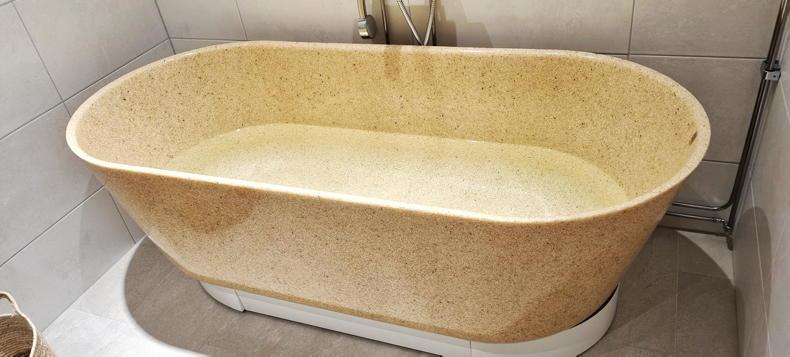
Bathtub manufactured from wood chips by Woodio in Finland.
While there are 600,000 forest owners in Finland, the average forest size is between 25ha and 30ha and operated part-time as an additional income similar to many small part-time farms in Ireland.
The Irish Farmers Journal had the opportunity to visit the forest and farm owned and operated by Laura and Mika Hämäläinen.
They operate a large forest and farm business extending to 350ha of forest across different sites, 150km north of Helsinki. They also have a 120ha organic farm on which they keep a herd of 70 Eastern Finn cattle, a traditional breed and grow a combination of beans, turnips, hemp, peas, grain when profitable, and organic vegetables.

Sink manufactured from wood chips in Finland by Woodio.
They demonstrated how they operate sustainable forest harvesting, replanting and leaving sporadic trees cut at 3m to 5m heights. In time, these tree stumps fall and form dead wood and become home to 5,000 different species. Some areas of the forest are set aside as special conservation areas.
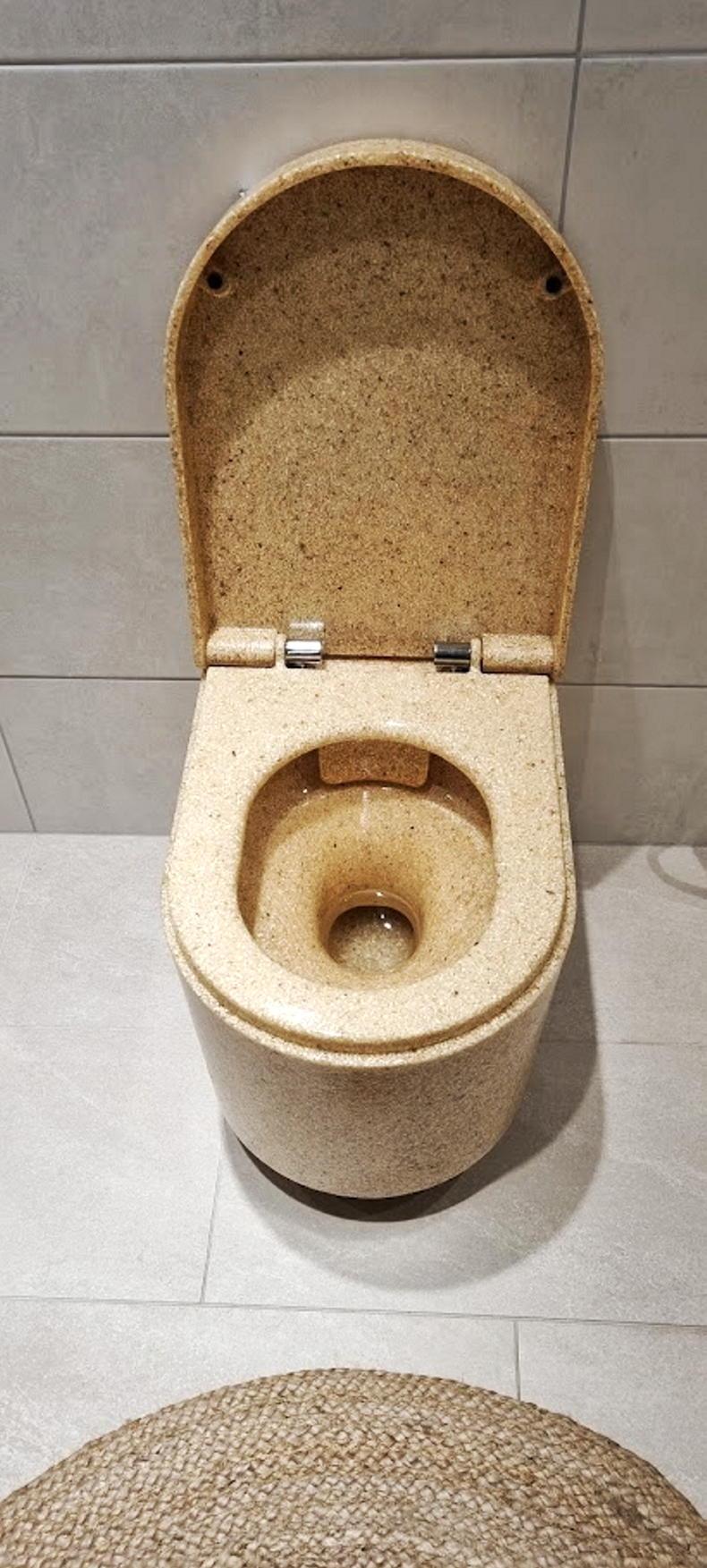
Toilet manufactured from wood and resin by Woodio, Finland.
National average income from forestry in Finland was €114/ha in 2020. This ranges from just €34/ha in the colder north of Finland, where there is a very short growing season, to an average of €215/ha in a region in southern Finland. As with all average statistics, they combine the good and bad performance.
Current dairy price as per EU price reporting is 39c/kg and the R3 young bull beef price reported to the EU is €3.78/kg.
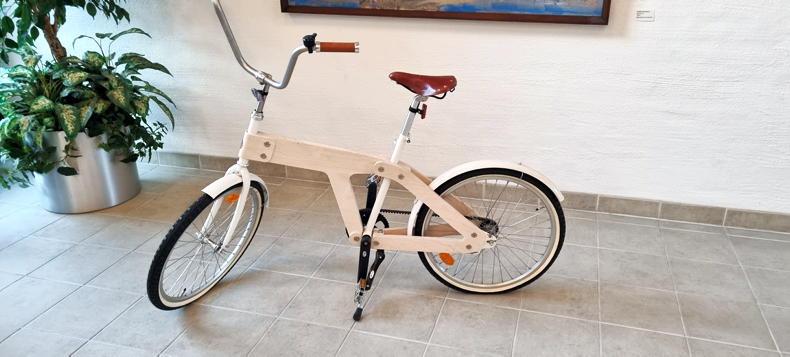
Bike made from wood in Finland.
Finnish farming
Given its northern location, Finland has a short growing season and hence the predominant land use is forestry.
While there are 600,000 forest owners there are 45,600 farms in Finland (according to Luke, the natural resources institute of Finland) and an average usable farm area of 50ha. Crop production is the main land use, accounting for 70% of Finnish farming with 25% livestock and the remaining 5% mixed. The average age of Finnish farmers is 53.

Cattle on the farm of Mika and Laura Hämäläinen.
Meat production in Finland in 2020 was 86,000t of beef from 261,685 cattle, 175,746t pigmeat from 1.9m pigs processed and 1,353t of sheepmeat from 65,122 sheep processed. Finland produced 2.3m litres of milk in 2019.
The Irish Farmers Journal met with Jari Leppä, Minister of Forestry and Agriculture, and while he was keenest to talk about forestry, he did confirm that preparation of the Finnish CAP strategic plan was in the final stages and would be presented to the EU before the end of the year, as scheduled.
Given the priority forestry has in Finland for land use in relation to farming, he was surprisingly strong about the place of food in the CAP, saying: “We talk too little about food. Food should be at the core of policy.” He was very much in favour of the national strategic plans with the EU setting the objectives but allowing member states to decide how best to meet them.
Finland produced 39.4m tonnes of wood dry matter in 2019, divided between energy production (57%) and forest industry products (41%) with 2% waste.
The industry exported 15.2m tonnes of forest industry products and 800,000t of roundwood, while 5.1m tonnes of roundwood and 1.2m tonnes of forest industry products were imported.

Koskisen saw and plywood mill outside Helsinki, Finland.
The Finnish Forest Industries Federation represents 170 different types of mills that produce a range of products including pulp, paper, different value-added products and fuel.
It told the Irish Farmers Journal that it employs 100,000 people and accounts for 20% of Finnish goods exports. The value of the industry is over €12bn annually, generating €3.6bn of tax revenue.
The Irish Farmers Journal visited the Koskisen saw and plywood mill, which takes in timber logs from which it produces sawn timber, high-grade plywood and chipboard.
The turnover in 2020 was €220m, down from the typical €260m annually due to pandemic and industrial disruption. The business produced 329,725m3 of sawn timber, 100,000t of chipboard and 70,000t of plywood, employing 900 people across two sites and paying €30m in salaries.
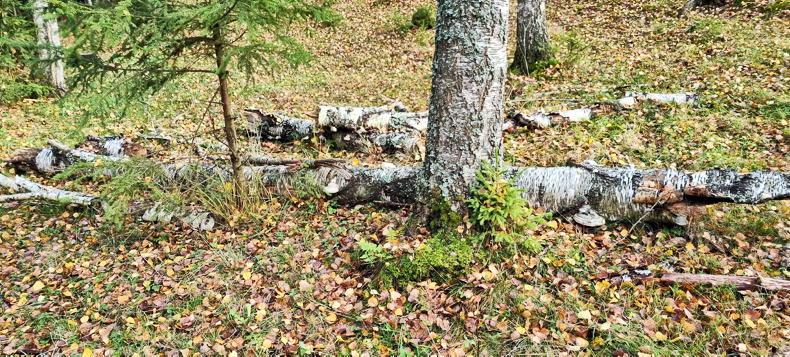
Sporadic trees cut at 3-5m heights are left at harvesting and in time these tree stumps fall and form dead wood and become home to 5,000 different species.
The company sells to 66 countries with exports accounting for 56% of sales. Jukka Pahta, CEO of Koskisen, is confident of the future for wood in construction as well as consumer products.
He pointed out that wood has an exceptionally low carbon footprint at 35kg per cubic metre compared with 900kg for a cubic metre of cement, and sawn goods capture 20 times what was required in production.
The company has a €50m investment in a new sawmill under way which is scheduled to open in 2024.
Further processing and innovative products
At a research level, the Finnish are looking at using wood in the bio-economy and even developed a prototype small satellite made from wood.
In a more everyday scenario, Petro Lahtinen, CEO of Woodio demonstrated how what he described as the world’s first 100% waterproof solid wood product could be used in kitchens and bathrooms. It doesn’t come cheap with a very aesthetically pleasing bath tub retailing at €4,000, and Lahtinen accepts that it is in the Mercedes range but not a Ferrari price tag.
He is also keen to point out the environmental benefit of his products and says that his handwash basin unit has a carbon footprint of about 600g whereas a similar ceramic unit would be 55,000g. He also plans to move to a vegetable oil-based resin for the manufacturing process next year.
Comment:
How the Finnish system
compares with Ireland
As a business, forestry and timber production is to Finland what farming and food production is to Ireland. It also has a cultural and lifestyle dimension which extends to the entire population that is comparable with the GAA in Ireland.
Given Finland’s location and climate, it is the most natural land use and the challenge is to produce trees for the wood processing industry while preserving the biodiversity of the forests.
There is strict regulation on forest maintenance and regeneration, supplemented by voluntary industry schemes. Finnish forestry owners appear like Irish farmers, dedicated to preserving their forest and passing on to the next generation in better shape than they inherited it.
It is also striking how imaginative Finnish thinking is on uses for wood and while using it in space travel may be a research concept, using to fit out bathrooms is a practical, if still niche, concept.
Forestry can and will have a place in Irish land use, particularly on more marginal lands. It doesn’t have the revenue-generating potential of farming. A concern in Finland is avoidance of monoculture in establishing new plantations.
Forestry production to Finland is comparable to farming in Ireland. It is a business plus a way of life.
There are over 600,000 forestry owners in addition to State-owned forestry and trees are the predominant crop across all of Finland.
Given its northern location in Europe, Finland has a short growing season, and while grassland and tillage farming do take place, it is very much in the minority, with Finland being a net importer of agri-food produce.
Privately owned Finnish forests are very much family-based with many in the same family ownership for several generations.

Koskisen saw and plywood mill, Finland.
From speaking to Finnish forestry owners and their representatives, the motto for Finnish family forest owners is that they hand the forest on to the next generation in better condition than they inherited it. That is something that Irish farmers will also identify with.
As well as being commercial, there is a huge lifestyle and recreational dimension to Finnish forests with access open to the entire population and this is widely availed of by many.
Almost 60% of the population visit forests for berry-picking on average eight times per year and 40% visit on average 13 times for mushroom-picking.

Bathtub manufactured from wood chips by Woodio in Finland.
While there are 600,000 forest owners in Finland, the average forest size is between 25ha and 30ha and operated part-time as an additional income similar to many small part-time farms in Ireland.
The Irish Farmers Journal had the opportunity to visit the forest and farm owned and operated by Laura and Mika Hämäläinen.
They operate a large forest and farm business extending to 350ha of forest across different sites, 150km north of Helsinki. They also have a 120ha organic farm on which they keep a herd of 70 Eastern Finn cattle, a traditional breed and grow a combination of beans, turnips, hemp, peas, grain when profitable, and organic vegetables.

Sink manufactured from wood chips in Finland by Woodio.
They demonstrated how they operate sustainable forest harvesting, replanting and leaving sporadic trees cut at 3m to 5m heights. In time, these tree stumps fall and form dead wood and become home to 5,000 different species. Some areas of the forest are set aside as special conservation areas.

Toilet manufactured from wood and resin by Woodio, Finland.
National average income from forestry in Finland was €114/ha in 2020. This ranges from just €34/ha in the colder north of Finland, where there is a very short growing season, to an average of €215/ha in a region in southern Finland. As with all average statistics, they combine the good and bad performance.
Current dairy price as per EU price reporting is 39c/kg and the R3 young bull beef price reported to the EU is €3.78/kg.

Bike made from wood in Finland.
Finnish farming
Given its northern location, Finland has a short growing season and hence the predominant land use is forestry.
While there are 600,000 forest owners there are 45,600 farms in Finland (according to Luke, the natural resources institute of Finland) and an average usable farm area of 50ha. Crop production is the main land use, accounting for 70% of Finnish farming with 25% livestock and the remaining 5% mixed. The average age of Finnish farmers is 53.

Cattle on the farm of Mika and Laura Hämäläinen.
Meat production in Finland in 2020 was 86,000t of beef from 261,685 cattle, 175,746t pigmeat from 1.9m pigs processed and 1,353t of sheepmeat from 65,122 sheep processed. Finland produced 2.3m litres of milk in 2019.
The Irish Farmers Journal met with Jari Leppä, Minister of Forestry and Agriculture, and while he was keenest to talk about forestry, he did confirm that preparation of the Finnish CAP strategic plan was in the final stages and would be presented to the EU before the end of the year, as scheduled.
Given the priority forestry has in Finland for land use in relation to farming, he was surprisingly strong about the place of food in the CAP, saying: “We talk too little about food. Food should be at the core of policy.” He was very much in favour of the national strategic plans with the EU setting the objectives but allowing member states to decide how best to meet them.
Finland produced 39.4m tonnes of wood dry matter in 2019, divided between energy production (57%) and forest industry products (41%) with 2% waste.
The industry exported 15.2m tonnes of forest industry products and 800,000t of roundwood, while 5.1m tonnes of roundwood and 1.2m tonnes of forest industry products were imported.

Koskisen saw and plywood mill outside Helsinki, Finland.
The Finnish Forest Industries Federation represents 170 different types of mills that produce a range of products including pulp, paper, different value-added products and fuel.
It told the Irish Farmers Journal that it employs 100,000 people and accounts for 20% of Finnish goods exports. The value of the industry is over €12bn annually, generating €3.6bn of tax revenue.
The Irish Farmers Journal visited the Koskisen saw and plywood mill, which takes in timber logs from which it produces sawn timber, high-grade plywood and chipboard.
The turnover in 2020 was €220m, down from the typical €260m annually due to pandemic and industrial disruption. The business produced 329,725m3 of sawn timber, 100,000t of chipboard and 70,000t of plywood, employing 900 people across two sites and paying €30m in salaries.

Sporadic trees cut at 3-5m heights are left at harvesting and in time these tree stumps fall and form dead wood and become home to 5,000 different species.
The company sells to 66 countries with exports accounting for 56% of sales. Jukka Pahta, CEO of Koskisen, is confident of the future for wood in construction as well as consumer products.
He pointed out that wood has an exceptionally low carbon footprint at 35kg per cubic metre compared with 900kg for a cubic metre of cement, and sawn goods capture 20 times what was required in production.
The company has a €50m investment in a new sawmill under way which is scheduled to open in 2024.
Further processing and innovative products
At a research level, the Finnish are looking at using wood in the bio-economy and even developed a prototype small satellite made from wood.
In a more everyday scenario, Petro Lahtinen, CEO of Woodio demonstrated how what he described as the world’s first 100% waterproof solid wood product could be used in kitchens and bathrooms. It doesn’t come cheap with a very aesthetically pleasing bath tub retailing at €4,000, and Lahtinen accepts that it is in the Mercedes range but not a Ferrari price tag.
He is also keen to point out the environmental benefit of his products and says that his handwash basin unit has a carbon footprint of about 600g whereas a similar ceramic unit would be 55,000g. He also plans to move to a vegetable oil-based resin for the manufacturing process next year.
Comment:
How the Finnish system
compares with Ireland
As a business, forestry and timber production is to Finland what farming and food production is to Ireland. It also has a cultural and lifestyle dimension which extends to the entire population that is comparable with the GAA in Ireland.
Given Finland’s location and climate, it is the most natural land use and the challenge is to produce trees for the wood processing industry while preserving the biodiversity of the forests.
There is strict regulation on forest maintenance and regeneration, supplemented by voluntary industry schemes. Finnish forestry owners appear like Irish farmers, dedicated to preserving their forest and passing on to the next generation in better shape than they inherited it.
It is also striking how imaginative Finnish thinking is on uses for wood and while using it in space travel may be a research concept, using to fit out bathrooms is a practical, if still niche, concept.
Forestry can and will have a place in Irish land use, particularly on more marginal lands. It doesn’t have the revenue-generating potential of farming. A concern in Finland is avoidance of monoculture in establishing new plantations.














 This is a subscriber-only article
This is a subscriber-only article






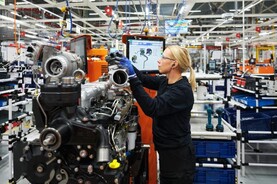
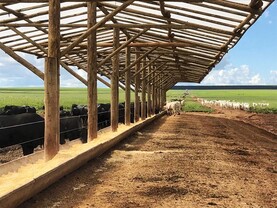



SHARING OPTIONS: